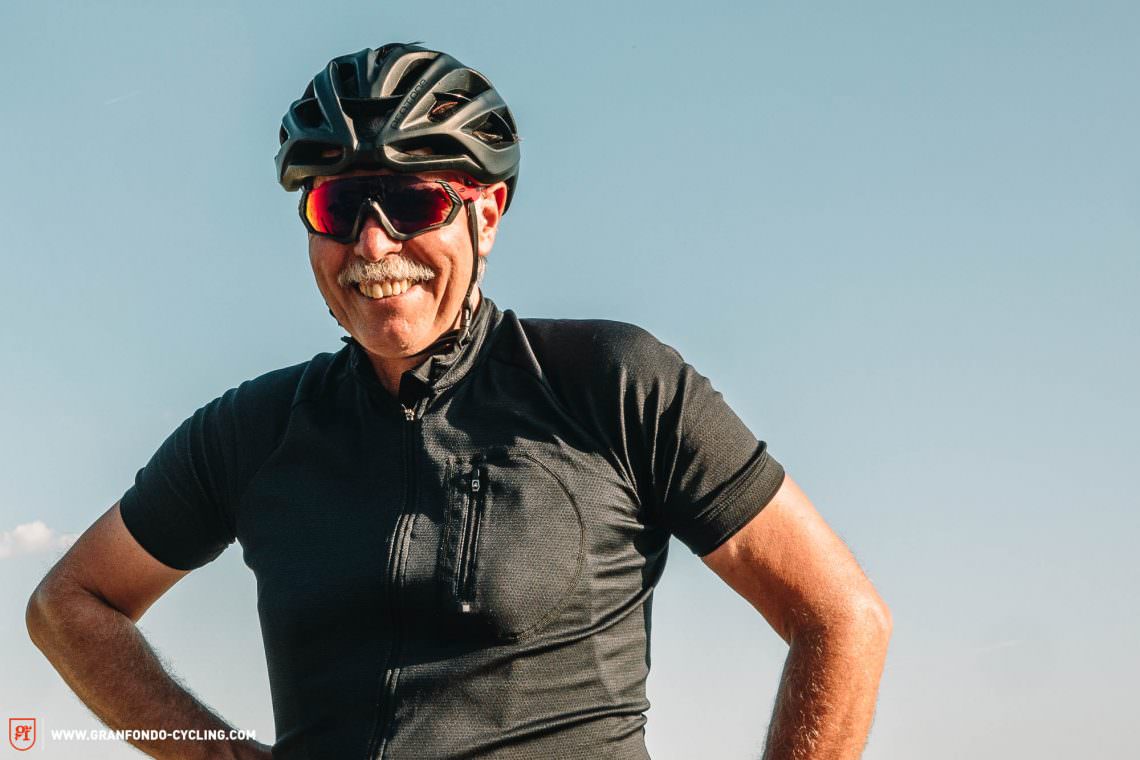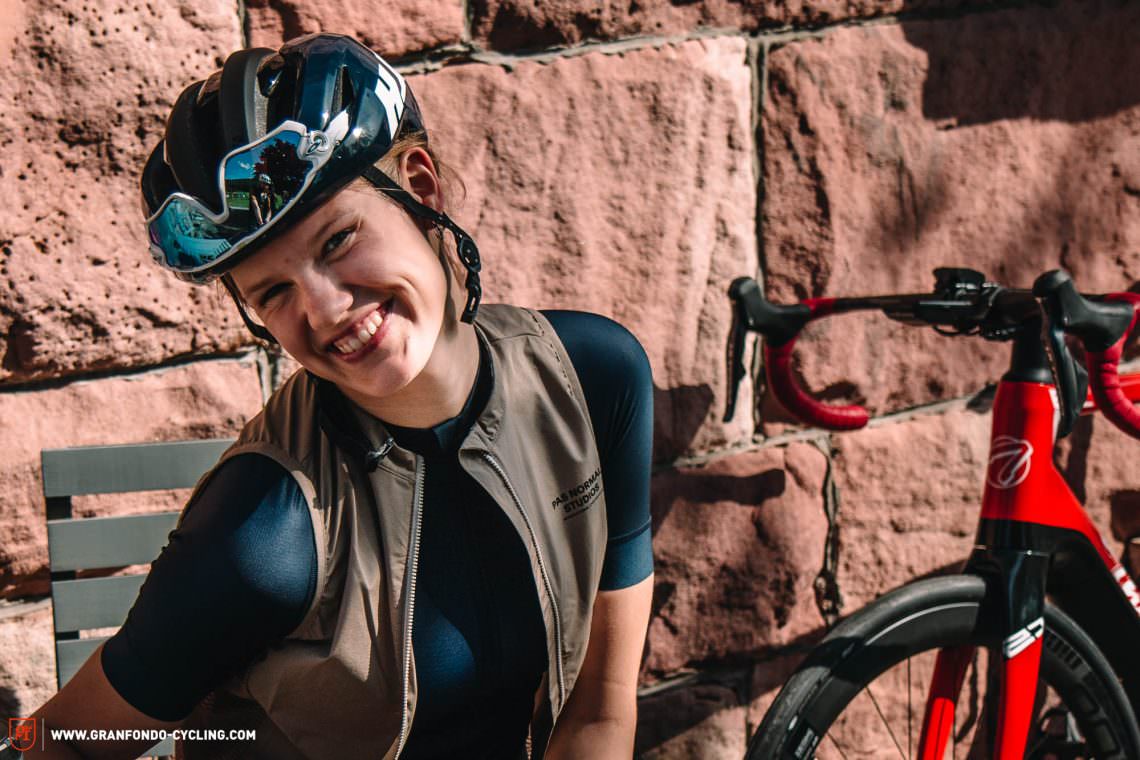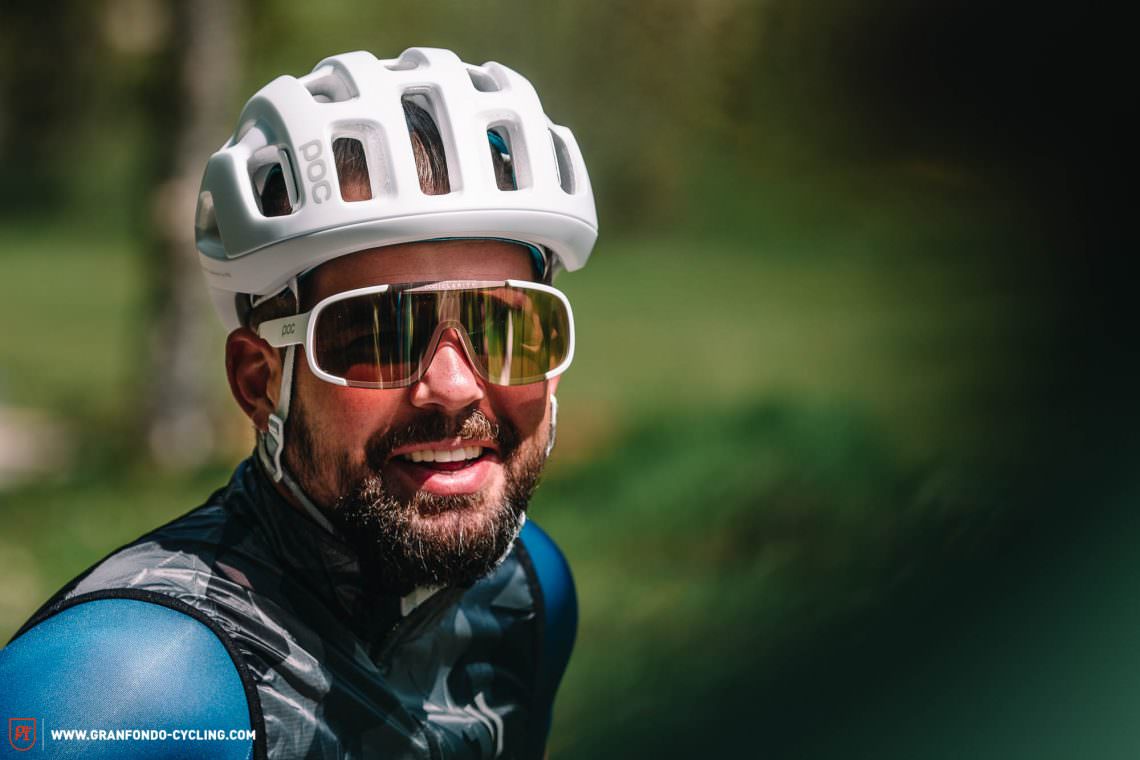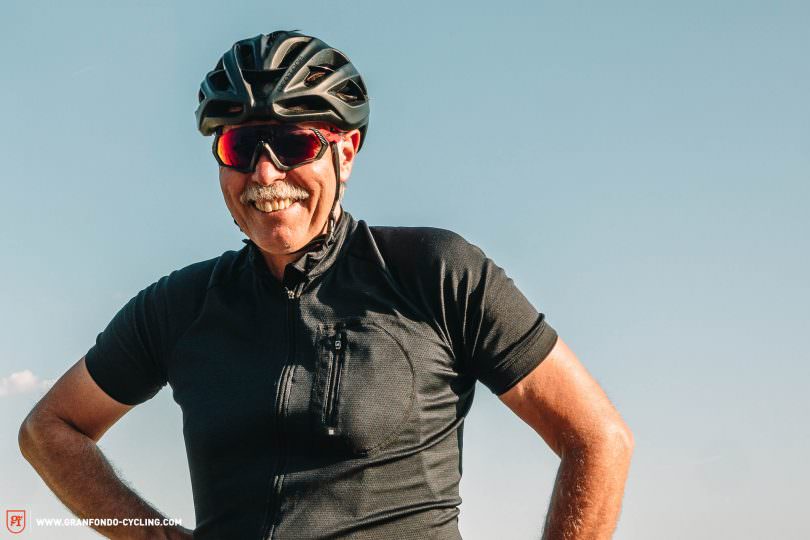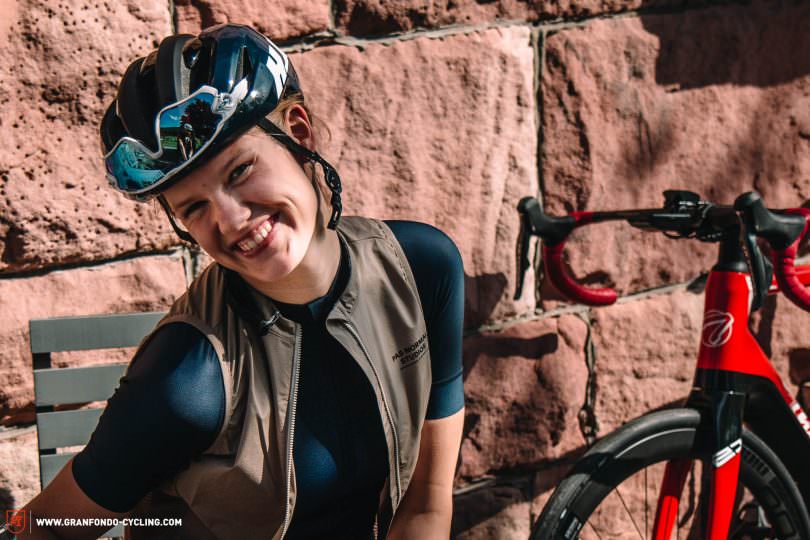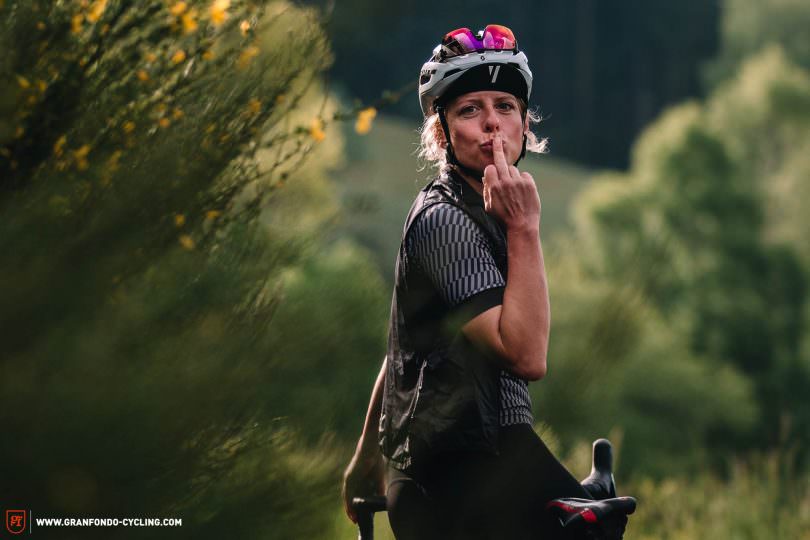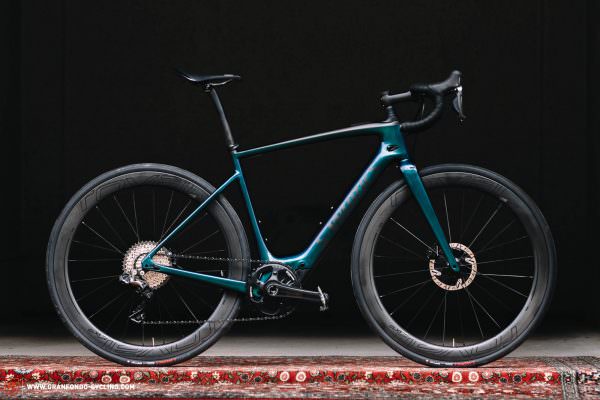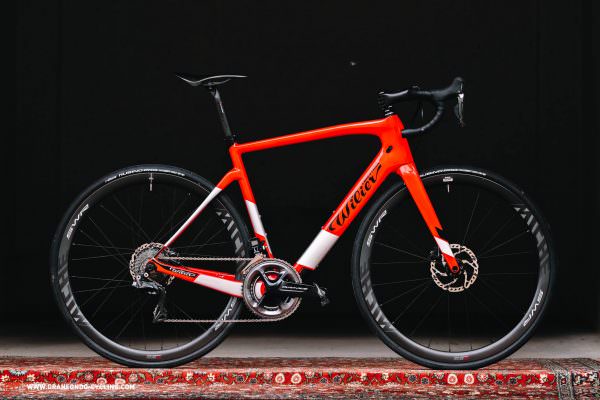Unloved outgrowth or promising new trend? The E-road bike market has been gaining momentum for the 2019/2020 season, not least because of a wave of new models and innovative concepts – at this point, all of the big players have an electric road bike in their portfolio. To us, that can only mean one thing: it’s time for the first E-road bike group test!
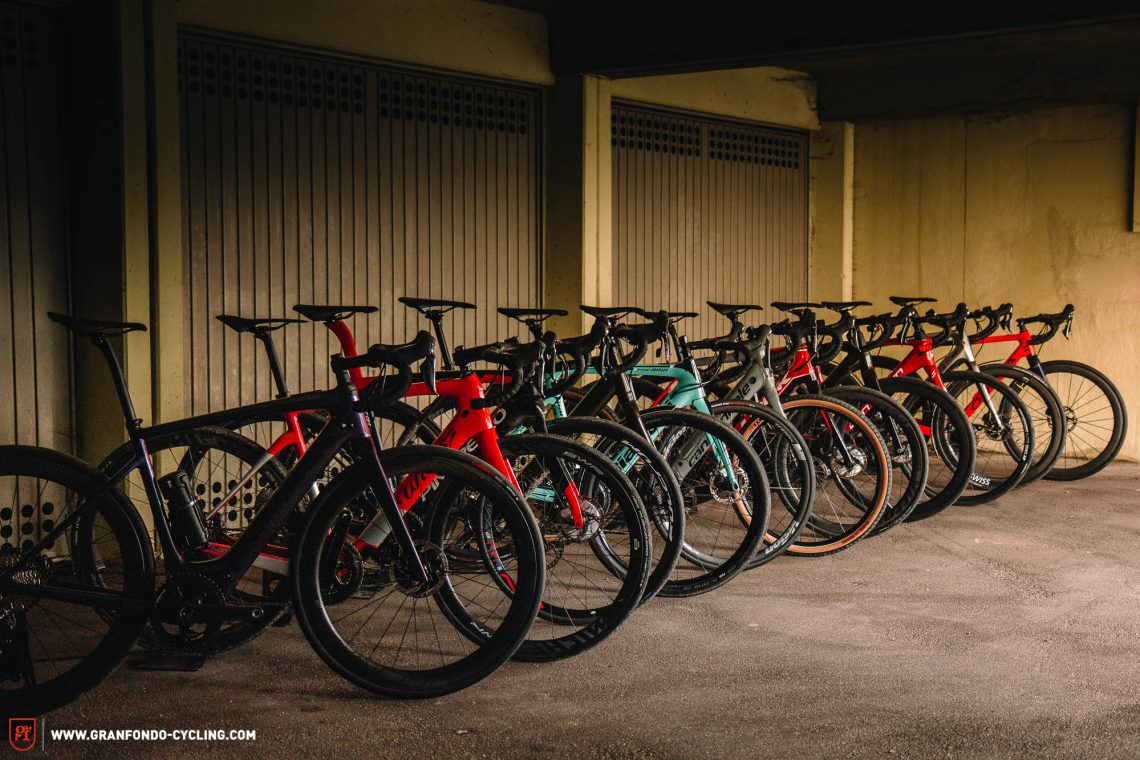
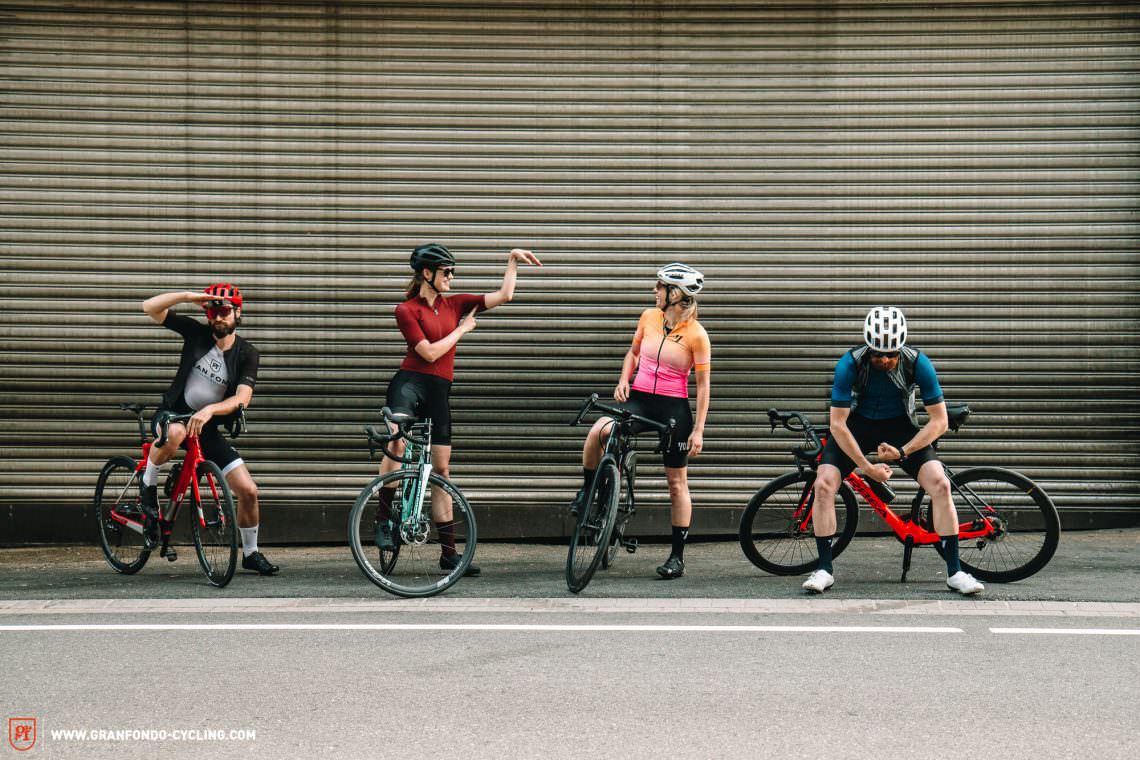
The history of E-road bikes is not quite as recent as you might think. Some models, such as FOCUS’ PARALANE², appeared on the scene and broke new ground several years ago. Now, customers are faced with an ever-increasing variety of electrically-assisted road bikes, with sub-categories already forming: from bikes that focus purely on having fun, to models for the more ambitious riders amongst us who will make use of additional support for base training and recovery rides, to other models which will make you feel as light as a feather as they shuttle you up the steepest mountain passes. While we can’t give you a complete overview of the market, we can introduce you to the most relevant models with all their advantages and disadvantages. You might be asking yourself where we suddenly got the competence to be calling ourselves ebike specialists. It’s a justified question! For years, our sister magazine E-MOUNTAINBIKE has been the leading eMTB magazine on the market, creating a furore with well-founded reviews and the bundled know-how of an international editorial team. As clever as we roadies are, we also tapped into E-MOUNTAINBIKE’s accumulated knowledge and disappeared with the team into the Black Forest for two weeks. Between Black Forest cake and cuckoo clocks, we tested, fiddled and discussed as we rode brutal climbs, winding descents and flat high-speed passages, gaining some exciting insights. After more than 3,500 kilometres ridden, 20,000 metres climbed and just under 500 working hours, we present to you the results of our group test. But why all that effort if you can do lab tests without breaking a sweat?
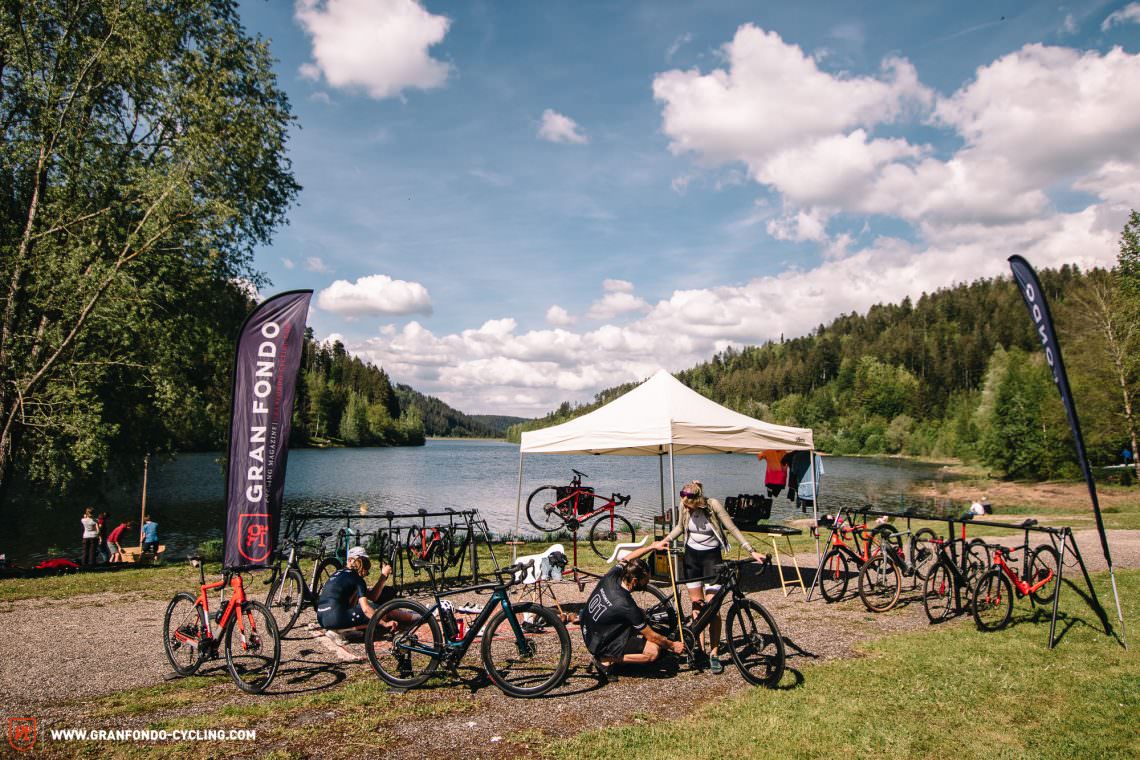
Why we don’t test E-road bikes in the lab
As with all of our group tests, we asked ourselves the following questions. Is it possible to judge bikes fairly and realistically if they’re scored according to a rigid rating system with points awarded for parameters such as componentry, weight and isolated tests? Are there any suitable lab tests for e-road bikes that could provide a useful orientation for prospective buyers? Our discussions with the leading German bike labs gave us a clear answer: the human factor with all its variables can’t be reproduced in a lab. Of course, “relatively” easily measurable parameters such as the bottom bracket, head tube or fork stiffness can be measured in isolation. This may make for impressive tables and diagrams but usually only provides a distorted picture of reality. After all, it is not the individual parameters of the bike that are decisive, but the complete experience of the rider. It’s all about the overall package of the bike.
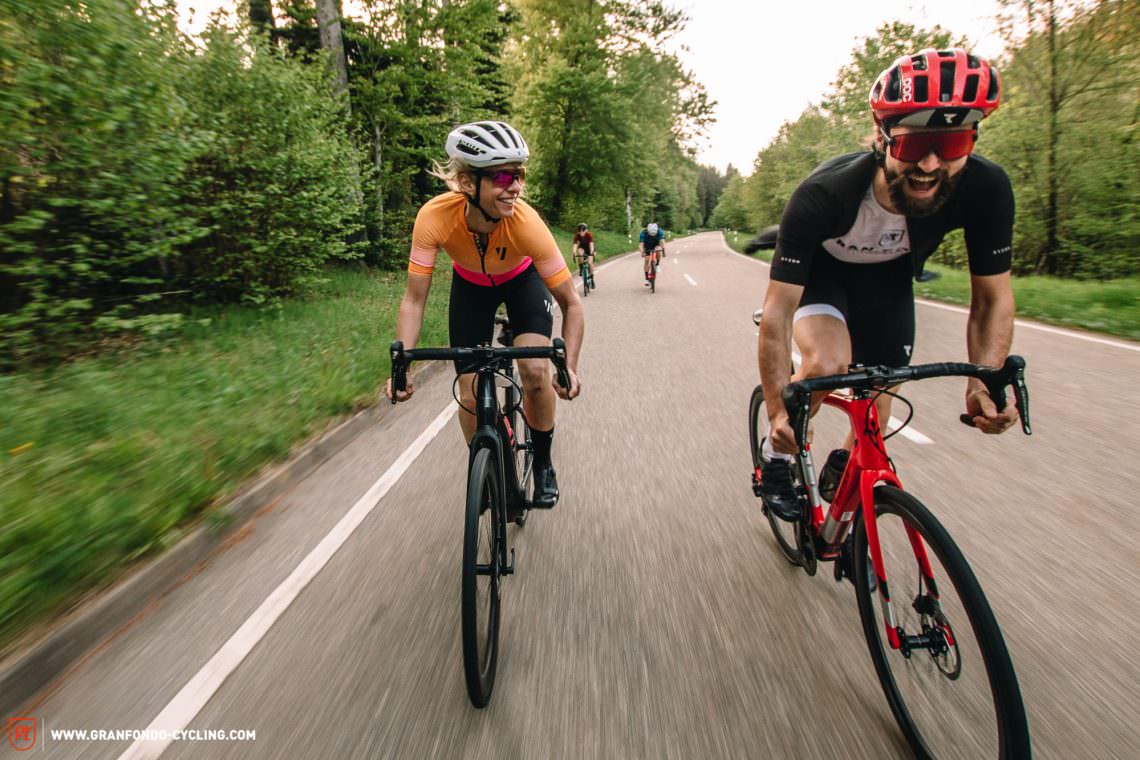

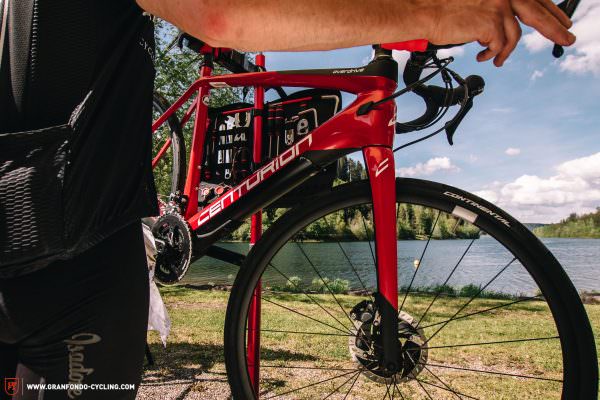
The increased complexity of E-road bikes makes it especially important to test the practicality of the sometimes unconventional solutions that brands and manufacturers have come up with in real-life conditions. Does the lightest electric motor automatically make the lightest bike, making you feel powerful and weightless as you race up the steepest climbs? Will the heaviest bike inevitably be slow and boring above the assistance limit of 25 km/h? Does the most natural feeling support automatically lead to a natural road bike feel, and more generally, is all gold that glitters?
You see, not everything you can measure matters and not everything that matters can be measured. That’s why we rely on the practical feedback from our diverse and experienced test crew, made up of ebike veterans, road bike disciples and mile munchers of all types. We don’t aim to make absolute statements, but rather to assess which bike offers the best performance in which area of application and for which type of rider.
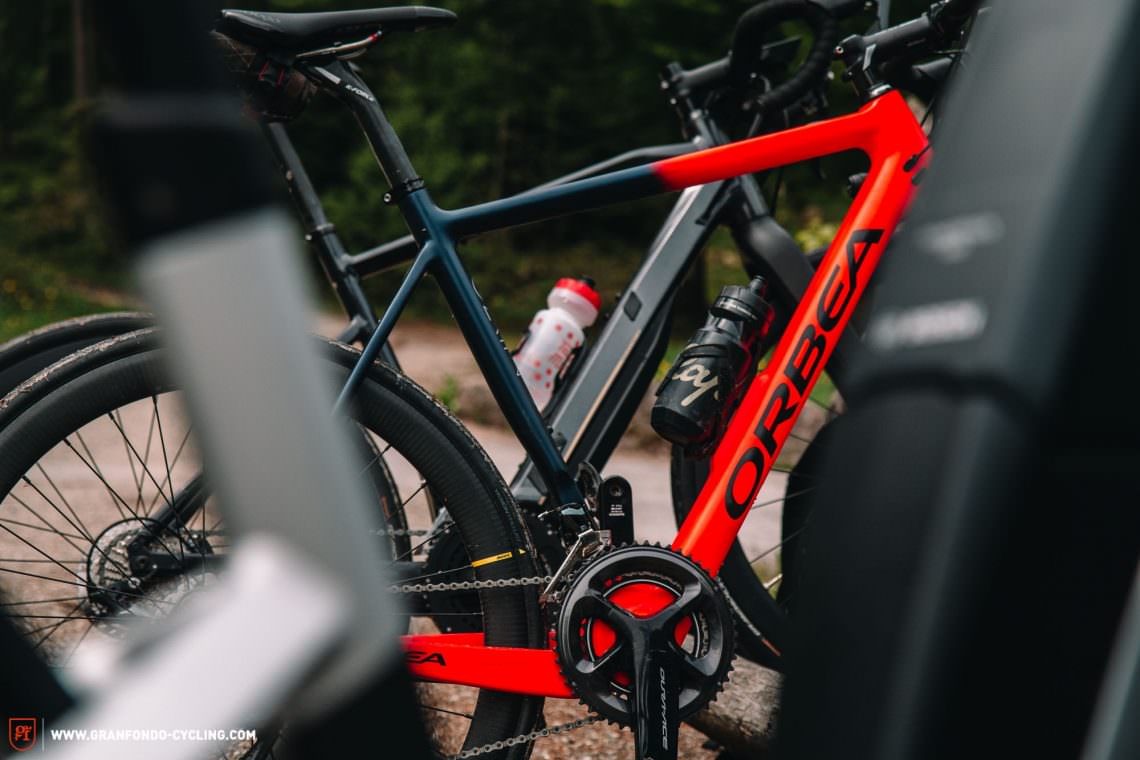
How did we test? The most important features of an e-road bike
The market for e-road bikes has become very diverse, offering fundamentally different models with everything from performance-oriented E-road bikes with a built-in tailwind to powerhouses with urban and trekking genes. You end up with a wide variety of manufacturers’ concepts colliding with the different requirements of riders. But whether your goal is to get to the café in the neighbouring village or to cross the finish line of your first 100 km ride is irrelevant. As different as the demands of the potential buyers may be, they all have one thing in common: everyone wants to get from A to B safely while having a lot of fun in the fresh air.
Our ideal E-road bike needs to offer a natural, safe and confidence instilling ride with a reliable and easily controllable electric motor and an intuitive user interface. And lest we forget: we simply can’t underestimate the importance of the componentry and looks either. We expect elegance, harmonious proportions and high-quality workmanship! To find out which model is the best, our testers rated the bikes according to the following criteria (the order doesn’t reflect their importance):

1. Range
People often ask, “How far can I ride on an ebike?” Honestly, we have to admit that there is no easy answer. Spend some more time thinking about it and you quickly realise that this is the wrong question. Who still believes that the consumption figures given to us by the automotive industry actually reflect reality? If you answered “I do” you might want to stop reading now. For everyone else, it should be obvious that while the fuel consumption data for cars is more accurate than the range measurements of an electric motor on a bike, it still depends heavily on factors such as driving style, load and terrain. However, on an E-road bike more than 20 factors affect the range of an e-road bike. Rider weight, cadence, rolling resistance, aerodynamics, temperature, riding style, the distance ridden above the 25 km/h threshold. Even the battery is not just a battery since every battery is only as good as its worst cell. Most manufacturers also purchase their cells from different suppliers meaning that the actual battery capacity is subject to variability even on the same bike models. Besides battery capacity tolerances, there are tolerances in the electricity consumption of the motor. For this reason, it would be scientifically and methodically wrong to define the range of an e-road bike based on a single test model and give you a half-baked answer with seemingly plausible range figures. Therefore, test criterion 1, “range”, is not a test criterion!
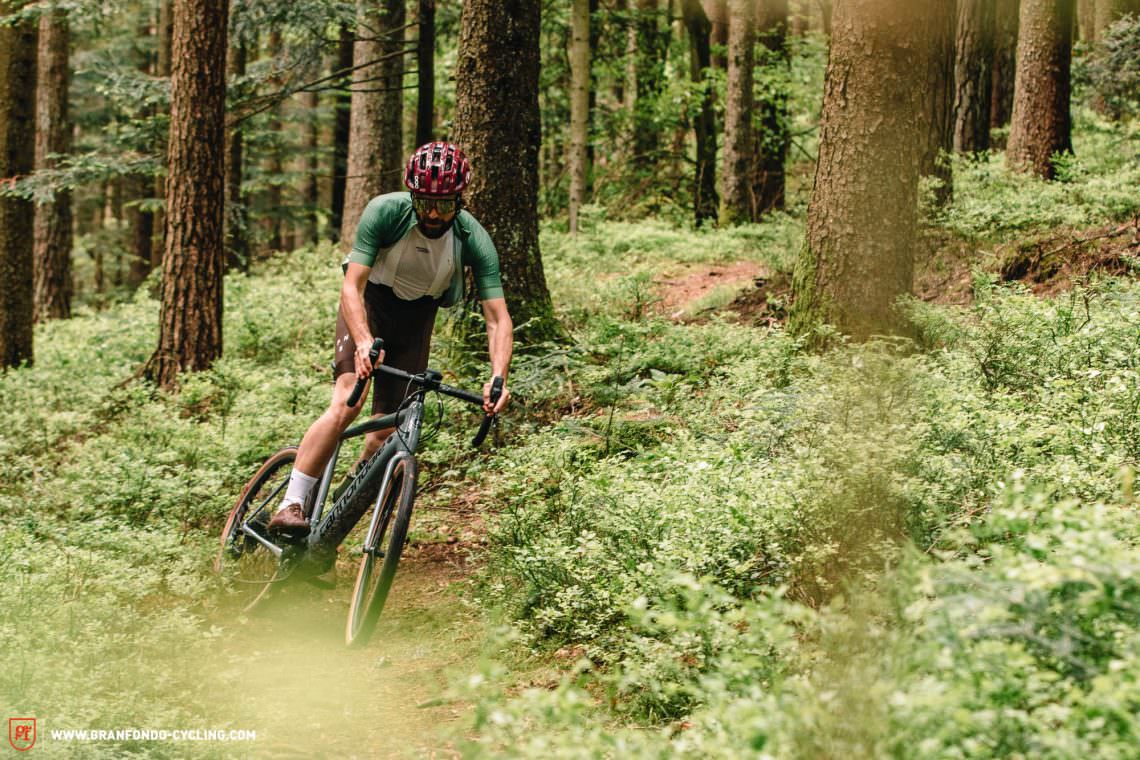
2. Ride feel and handling
The handling of a bike is a top priority for this group test as well. As David Millar would say: “If the bike handles like shit – it’s a shit bike!” When comparing E-road bikes, their increased weight makes their cornering characteristics all the more important. It’s not “the lighter, the better” but more about weight distribution and the location of centre of gravity. A balanced weight distribution promotes a feeling of confidence in the corners, making your rides that much more fun – a characteristic that riders of all skill levels expect from their bike regardless of E- or not. A bike with a low centre of gravity is easier to lean from one corner to the other. In turn we were interested to find out how close the handling of an e-road bike can be to that of a conventional road bike, whether on flat roads or in descents. Another factor that we tested is the overall comfort of the bike. Are only certain parts of the bike comfortable or is the compliance of the entire system more than the sum of its parts? How do you sit on the bike and where is the rider’s centre of gravity? All these points were considered in our test team’s final evaluations as they searched for the most natural riding experience. However, handling alone is not responsible for a natural riding experience. The motor also plays a vital role.
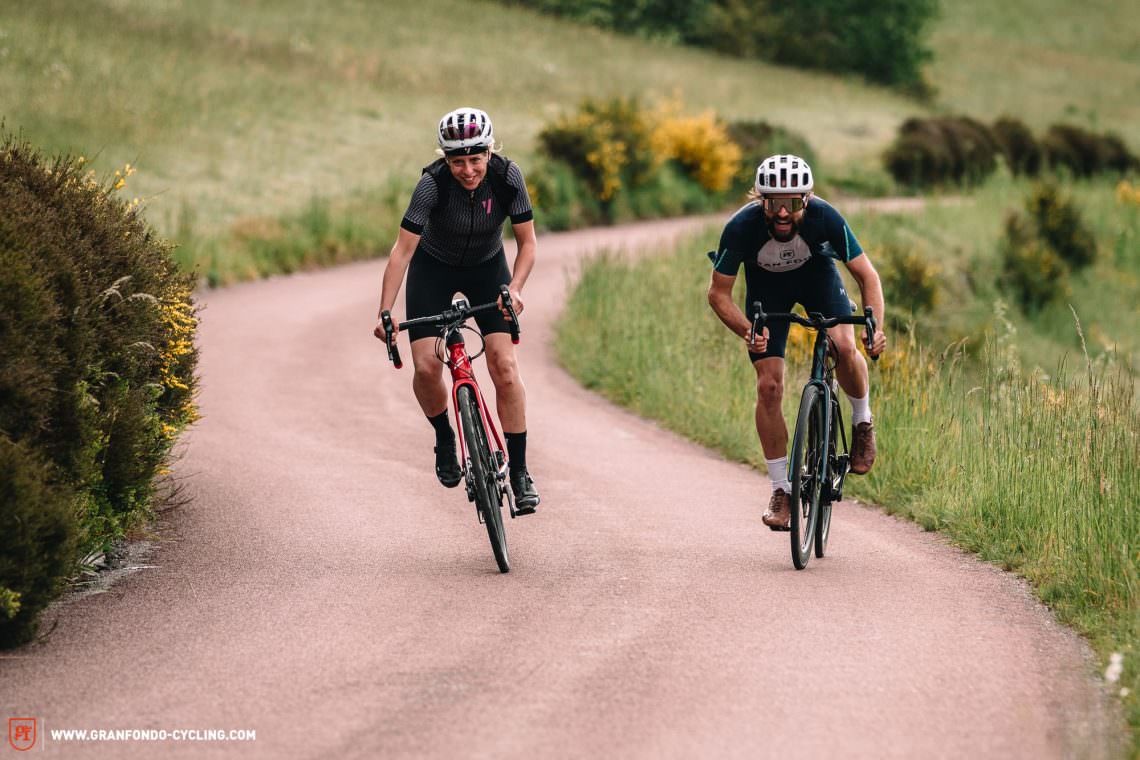
3. Motor feel
A lot of horses under the hood may be great if you’re trying to impress your friends, but in the harsh reality of life, it’s the controllability and predictability of power that matters. It’s the same with E-road bikes. It’s easy to believe that “bigger is better,” but when it comes to evaluating the acceleration and the torque of a motor, we don’t put much stock by those absolute ratings. Rather, it’s about finding out if the motor’s characteristics suit the concept of the bike. The cadence range in which we pedal is extremely important to us roadies and as always subject to personal preference. At the same time, electric motors have different cadence ranges in which they are most efficient. They must cover as wide a cadence range as possible so that you don’t have to adapt your riding style to the motor, allowing you to stay in your optimal zone while the motor gives you that extra push.
The motor’s behaviour at the 25 km/h threshold is equally important since you’ll often ride faster than that on a road bike. Here, the motor will ideally cut out smoothly and gently so that you don’t feel like you’re dropping into a “power hole” – this happens with motors that cut out abruptly as soon as you hit 25 km/h, suddenly forcing the rider to rely on muscle power alone. For a smooth transition, the bike’s weight plays less of a role than the modulation of the motor’s power! Ideally the motor should also reengage smoothly when dropping back below the assistance limit.
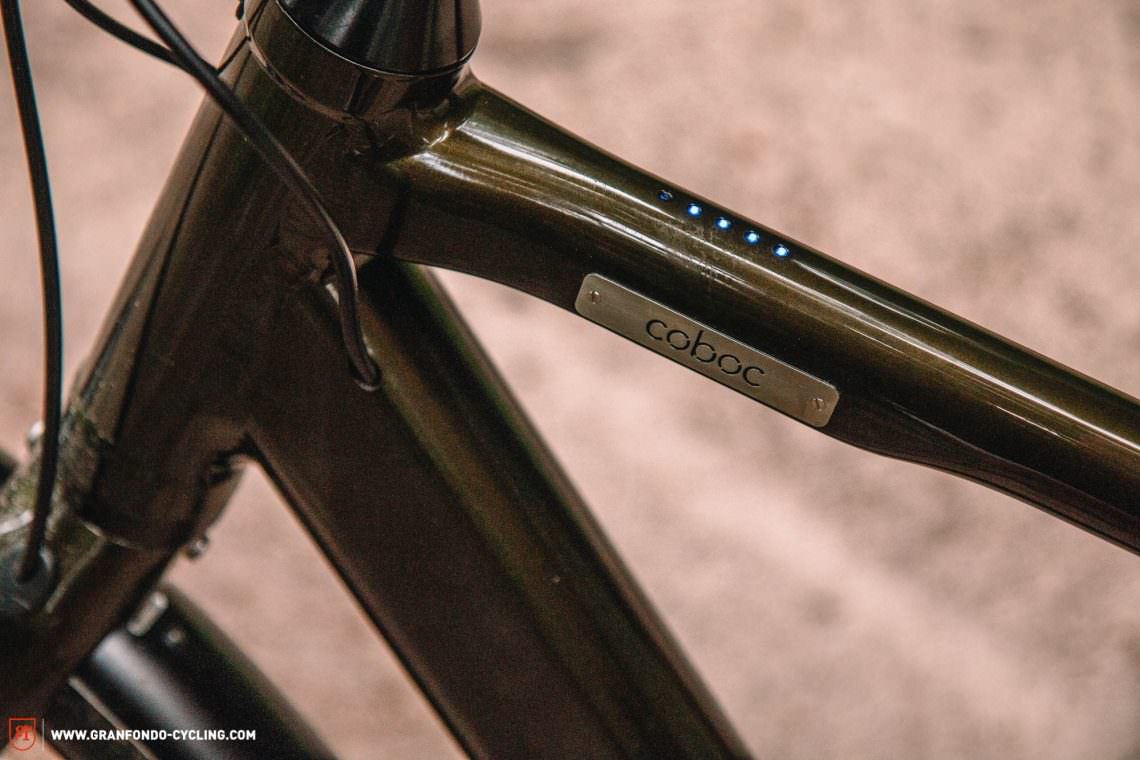
The motor’s responsiveness is just as crucial for the ride feel: how quickly does the motor respond after you’ve stopped pedalling? When riding in a group with only a few centimetres separating you from the person in front or when leaning into tight corners, responsiveness is immensely important. We also paid attention to whether the motor’s responsiveness changes depending on the selected support level. We looked at how many modes a system has and how useful each one is. Are there intuitive modes that detect and amplify an increase in the rider’s output, or does the motor “flatten” peaks in power output with consistent power delivery? In some cases we found the difference in assistance between modes almost imperceptible, making one of them superfluous.
The noise of the electric motor was another factor we took into account. An E-road bike’s silhouette may be ever so slim, so it doesn’t help if the motor immediately gives you away, or you feel like you’re constantly being chased by an angry swarm of bees. The noise of the motor doesn’t only depend on the system itself, but – you guessed it – on a number of other . How much do the frame and the wheels resonate with the motor? Does the motor get louder with an increasing or decreasing cadence? Does the motor have its own freewheel, which creates an additional source of noise? That said, the quietest motor, is nothing without good usability, which brings us to point 4.
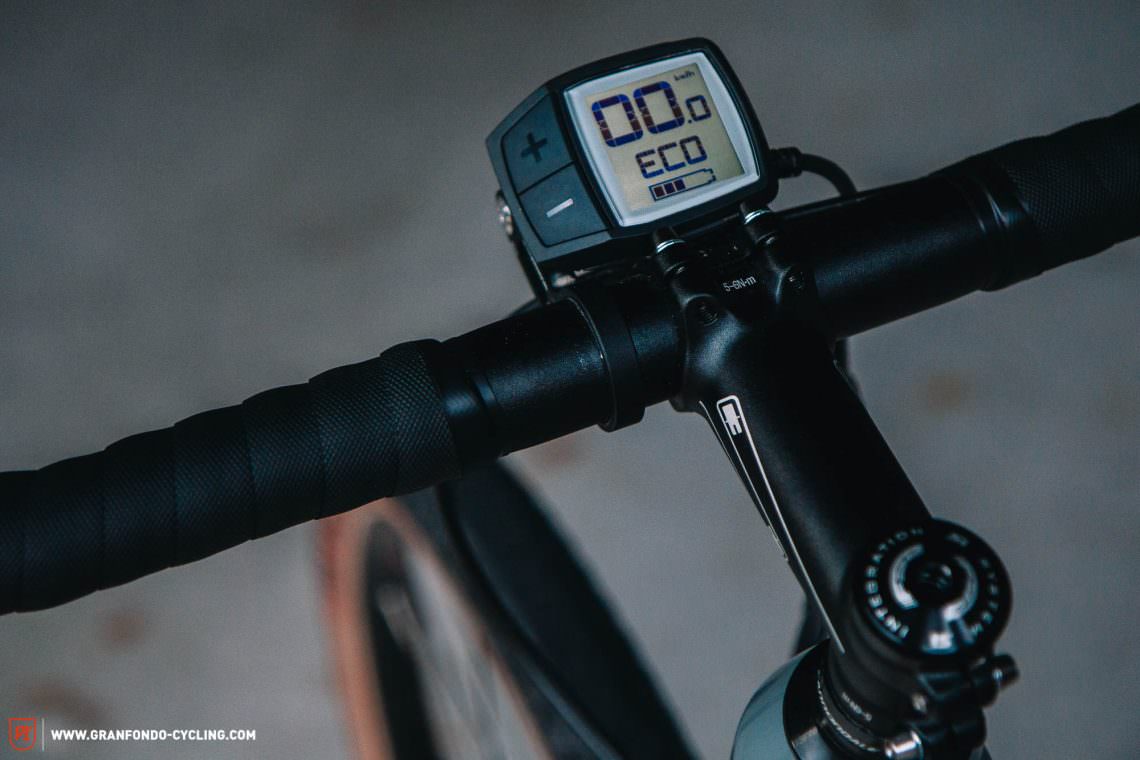


4. User interface and operation
To make it as practical as possible in day-to-day life, being able to operate an E-road bike intuitively is of utmost importance. This applies to riding as well as charging the bike. For this test criterion, we checked how easily you can shift through the different support modes. Do the controls make riding more complicated? Do you need to take your hand off the handlebar to control the motor, or are the controls integrated into existing levers and buttons? Do the controls make logical sense or does the rider need to think before reaching for the controls? All of these factors can quickly turn a fun ride that allows you to forget the bike and just enjoy the experience into a complicated process full of confusing buttons and knobs.
We paid attention to how well the existing components such as the brakes and shifters harmonise with the electric motor: does the chain glide smoothly from one cog to the next, or does it get stuck in place? Does the motor let off the power slightly when shifting or does it chug on regardless, thereby accelerating the wear and tear on the groupset? In addition to the wear of drivetrain components, we also ride at the mercy of another enemy. No we’re not talking about cars but flat tires! Therefore it’s important that the electric motor doesn’t become an additional obstacle, allowing easy removal or installation of the wheel.
A key aspect when using an ebike are the associated apps and the connectivity of the bike with mobile devices – we’re in the 21st century after all! Consequently, we investigated how easily a bike can be connected to your smartphone and what options are available via the manufacturer’s app. Can the support modes be adjusted while riding? Does the tracking function work? Can you connect third-party devices such as heart rate monitors or power meters and how does it handle the data?
As mentioned, the perfect E-road bike is just as easy to handle before or after the ride as it is while you’re riding. An E-road bike needs electricity! Can you remove the battery for charging or does it stay permanently installed in the bike? Anyone who doesn’t have a power outlet where they keep their bike or wants to store their batteries for a longer period of time will appreciate removable batteries. How easy is it to remove the battery? Where is the charging socket and how easily can you reach it? Can you attach additional batteries to increase the range?
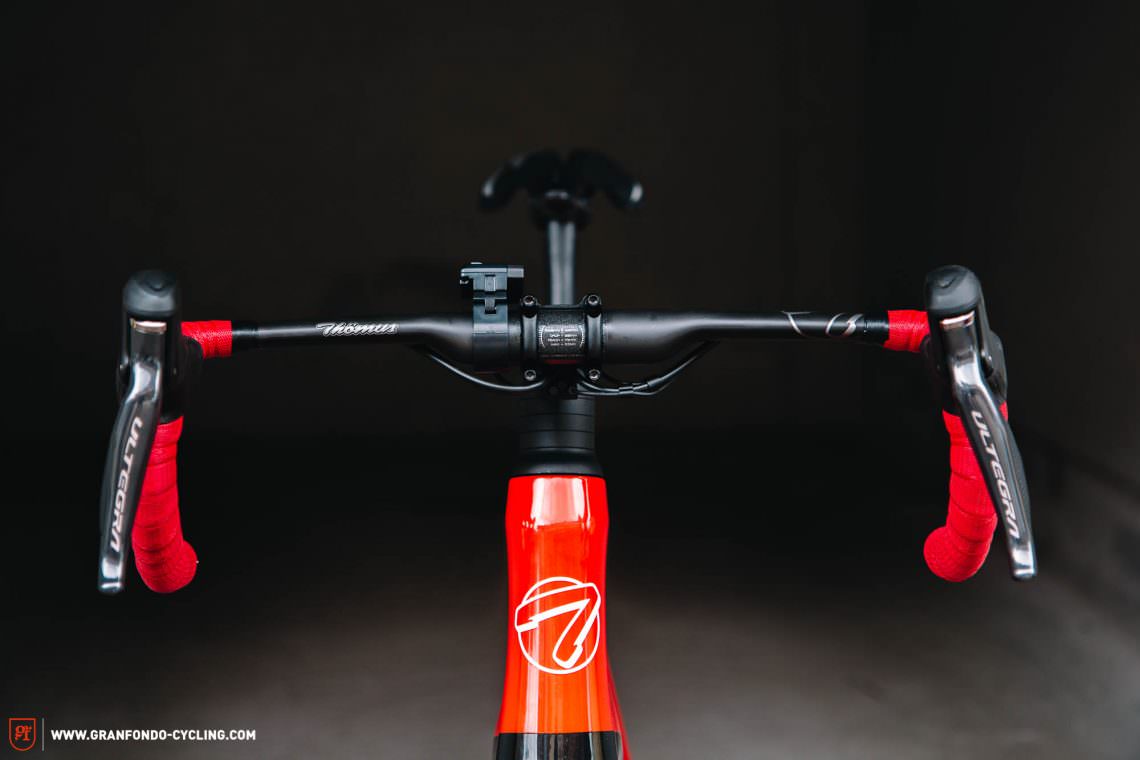
5. Componentry, design and integration
Road cycling is an aesthetic sport – or at least it should be. Accordingly, the look of a bike is important. If you find your bike visually appealing, you’re usually more motivated to ride and maintain it! In addition to the frame design and paintwork, the componentry also plays an important role. Do the components work well together and are they holistically integrated or carelessly thrown together? Does the selected specification match the character of the bike and the field of application? Is the frame of high-quality workmanship or do the finish and the details look like there wasn’t much love put into it?
Who were our testers and what is a natural E-road bike anyway?
Where did we test?
With its quiet side roads, challenging climbs and winding descents, the Black Forest seemed the perfect arena to test the best E-road bikes of the year. Okay, the Black Forest cake(s) and the ticking of cuckoo clocks at the breakfast table were welcome bonuses. The region in the southwest of Germany keeps attracting attention with record numbers of annual sunshine hours. For those who find the mountain passes of the Alps or Pyrenees too mainstream, the Black Forest with its mild climate and lush green forests is definitely worth a visit. Our starting point was the cozy Wellness Hotel Tanne in Baiersbronn. Incidentally, on days when the sun didn’t want to come out, we also tested the treehouse sauna for you. Test result: excellent! But the rest of the testing took place on the streets around tranquil Baiersbronn. To put the bikes through their paces, we chose this challenging 22 km route with 500 metres of climbing.
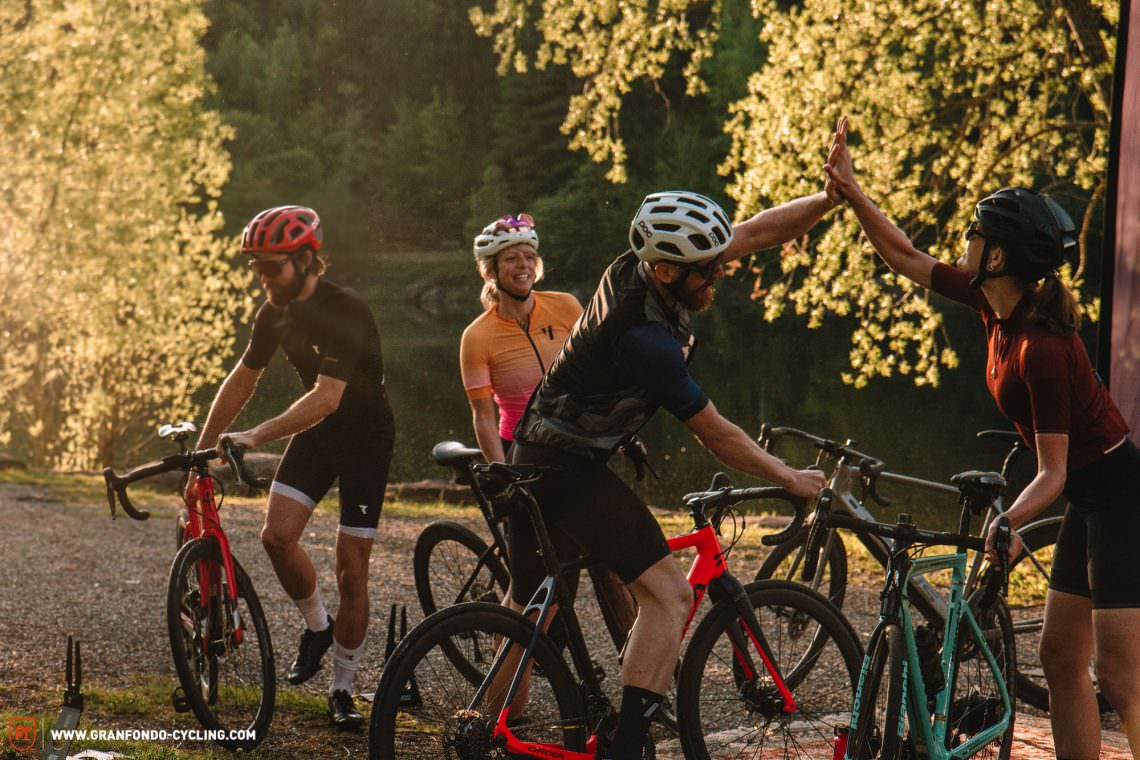



| Bike | Weight | Price | Motor |
|---|---|---|---|
| Bianchi Aria e-Road | 12.13 kg | € 4,999 | MAHLE ebikemotion X35 |
| BMC Alpenchallenge AMP ROAD ONE | 15.15 kg | € 6,499 | Shimano STEPS E8000 |
| Cannondale Synapse Neo SE | 18.45 kg | € 3,699 | Bosch Active Line Plus |
| CENTURION Overdrive Carbon Road Z4000 | 13.92 kg | € 5,599 | FAZUA Evation 1.0 |
| Coboc TEN Torino | 15.65 kg | € 4,999 | Bafang |
| FOCUS Paralane² 9.9 | 13.57 kg | € 10,499 | FAZUA Evation 1.0 |
| LOOK E-765 Optimum Disc | 13.72 kg | € 8,399 | FAZUA Evation 1.0 |
| Moustache Dimanche 28.7 | 17.41 kg | € 5,299 | Bosch Active Line Plus |
| ORBEA GAIN M10 | 11.53 kg | € 7,499 | MAHLE ebikemotion X35 |
| Pinarello Nytro | 13.96 kg | € 6,750 | FAZUA Evation 1.0 |
| Specialized S-Works Turbo Creo SL | 12.28 kg | € 12,499 | Specialized SL 1.1 |
| Thömus Sliker E1 | 13.29 kg | € 8,299 | FAZUA Evation 1.0 |
| Wilier Triestina Cento1 Hybrid Custom | 11.21 kg | € 9,000 | MAHLE ebikemotion X35 |


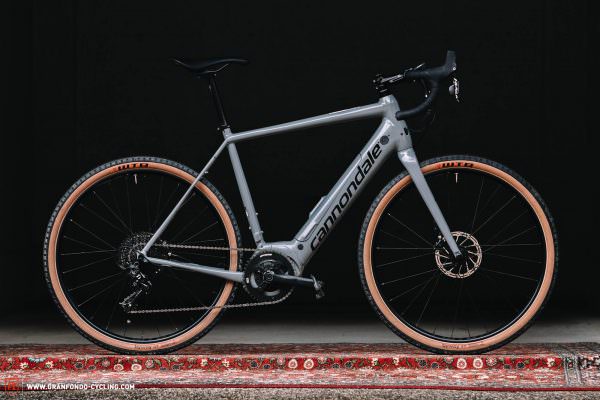

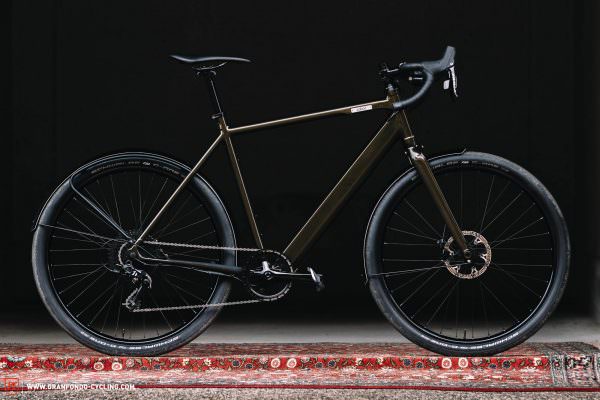
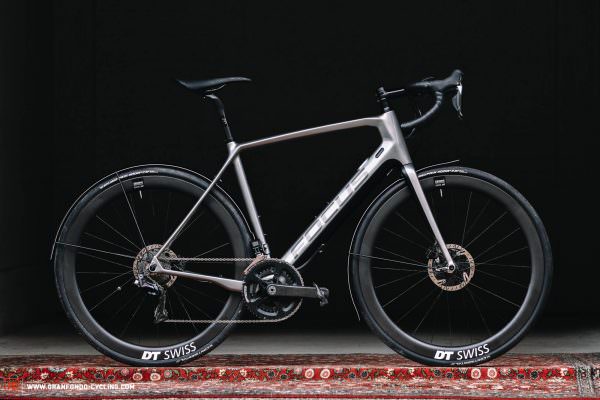
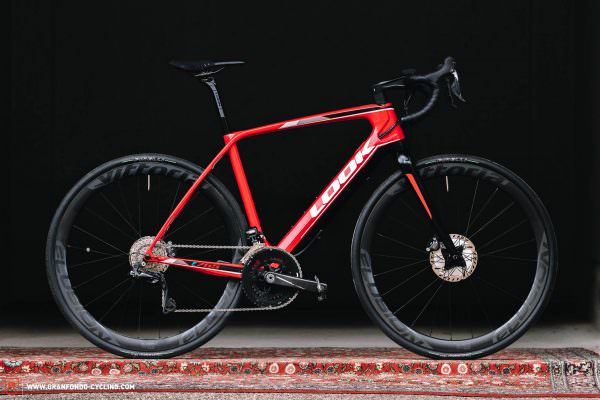
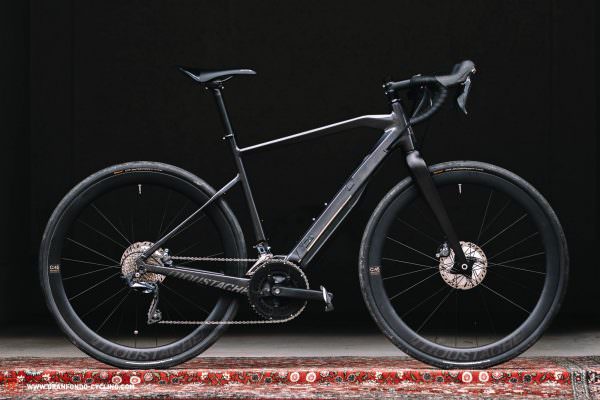
Tops & Flops
Often, it is the details that make the difference: good integration, first-class ergonomics and carefully selected components. Here you will find the tops and flops of the various bikes from our big E-road bike group test!
Tops

The interface and usability of the Shimano system on the BMC are impeccable.

If you’re going to design your own cover for the FAZUA motor, you might as well do it properly. Hats off, CENTURION!

With its good readability and user-friendliness, if the Bosch Kiox display on the Moustache could only navigate too it would be perfect!
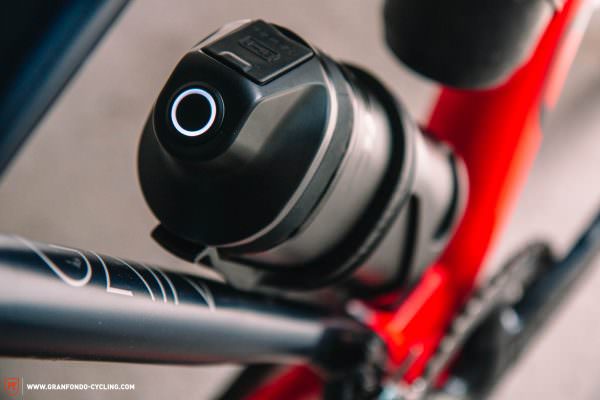
The additional 208 Wh battery for the MAHLE ebikemotion system significantly increases its range.
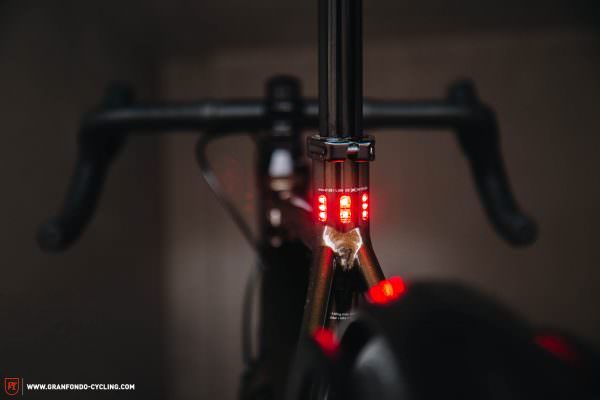
The Coboc comes with an integrated lighting system as standard. The rear light is especially nice to look at!
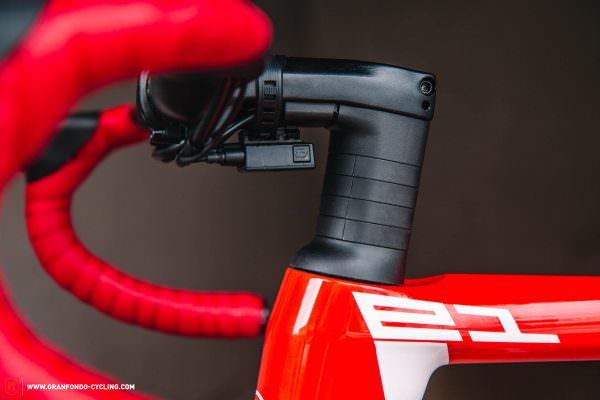
Despite the electric motor, Thömus manage to route all cables internally.
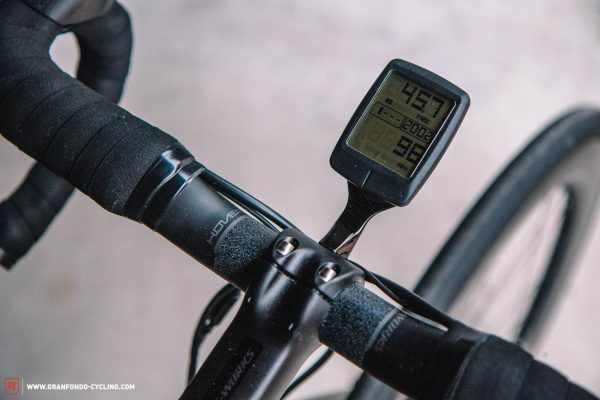
The Specialized can be operated via the head unit, your GPS computer, your mobile phone, or if you’re a purist, none of the above.
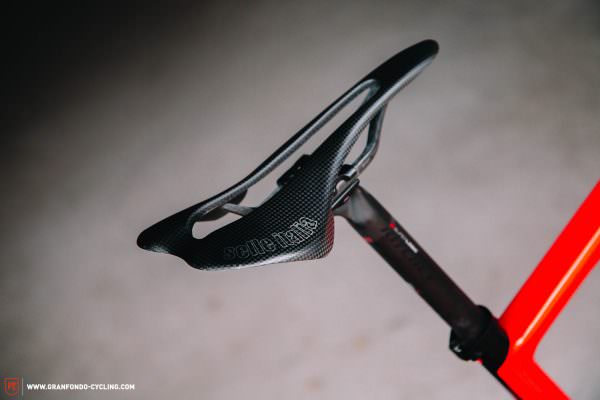
Thanks to consistent weight tuning, the 11.21 kg Wilier is the lightest e-road bike on test.
Flops
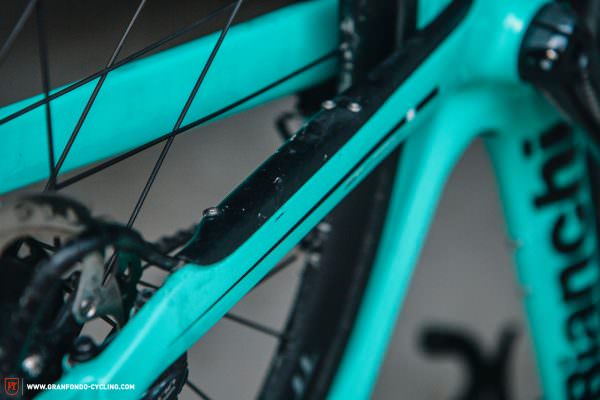
The cover of the MAHLE ebikemotion power cable on the chainstays had to be completely removed to remove the rear wheel on some of the test bikes.
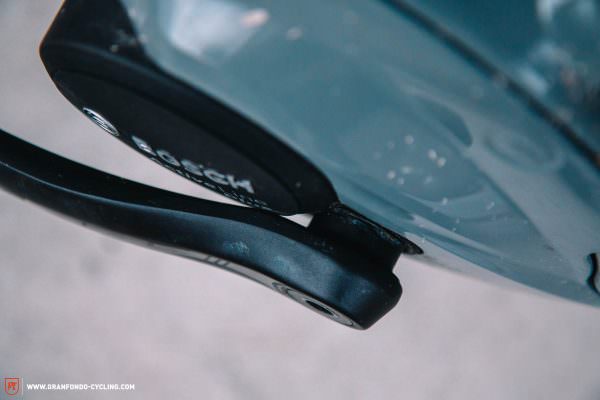
The cranks of the Cannondale rub on the non-drive side housing of the Bosch Active Line Plus motor.
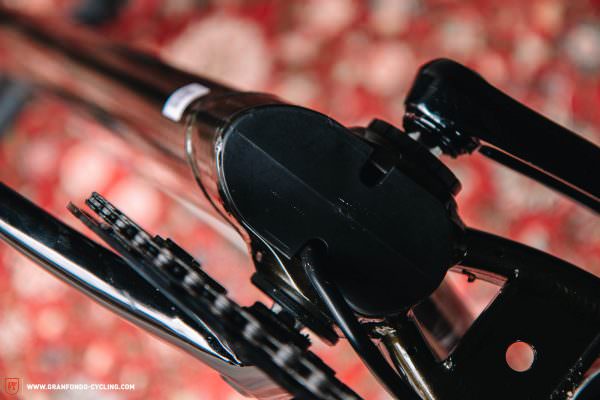
Square taper bottom brackets, cheap covers and rough finishing in some areas shouldn’t be something you see on the € 4,999 Coboc.
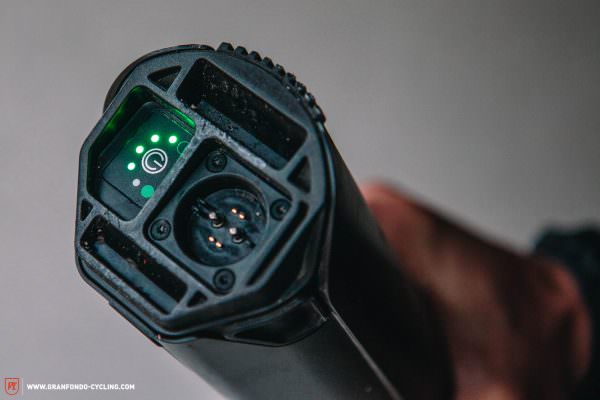
The FAZUA motor goes into a deep sleep mode after 8 hours. To restart, you have to briefly remove the motor/battery unit to access the master switch.

Due to the aero handlebar on the FOCUS, the FAZUA-Remote requires an additional bracket.
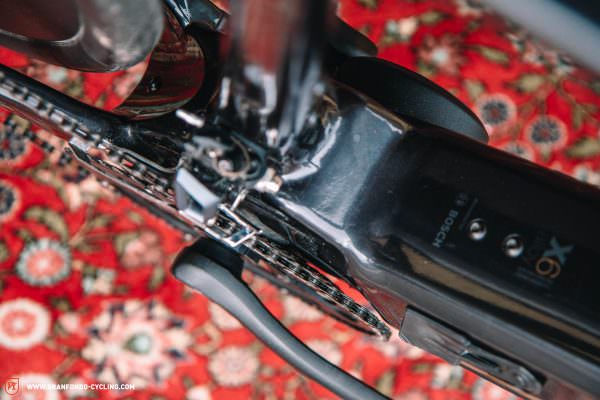
The wide Q-factor on the Bosch Active Line Plus motor is a no-go for die-hard road cyclists.
The best e-road bike!
Time to announce a winner! At the end of our group test, it was neck-and-neck between the Specialized S-Works Creo SL and the Wilier Cento1 Hybrid. With the perfect combination of natural ride feel, stable and balanced handling and good all-round comfort, it is ultimately the Specialized that secured the coveted Best in Test. The coherent overall concept and the build spec make it a hoot to ride, no matter your skill level!
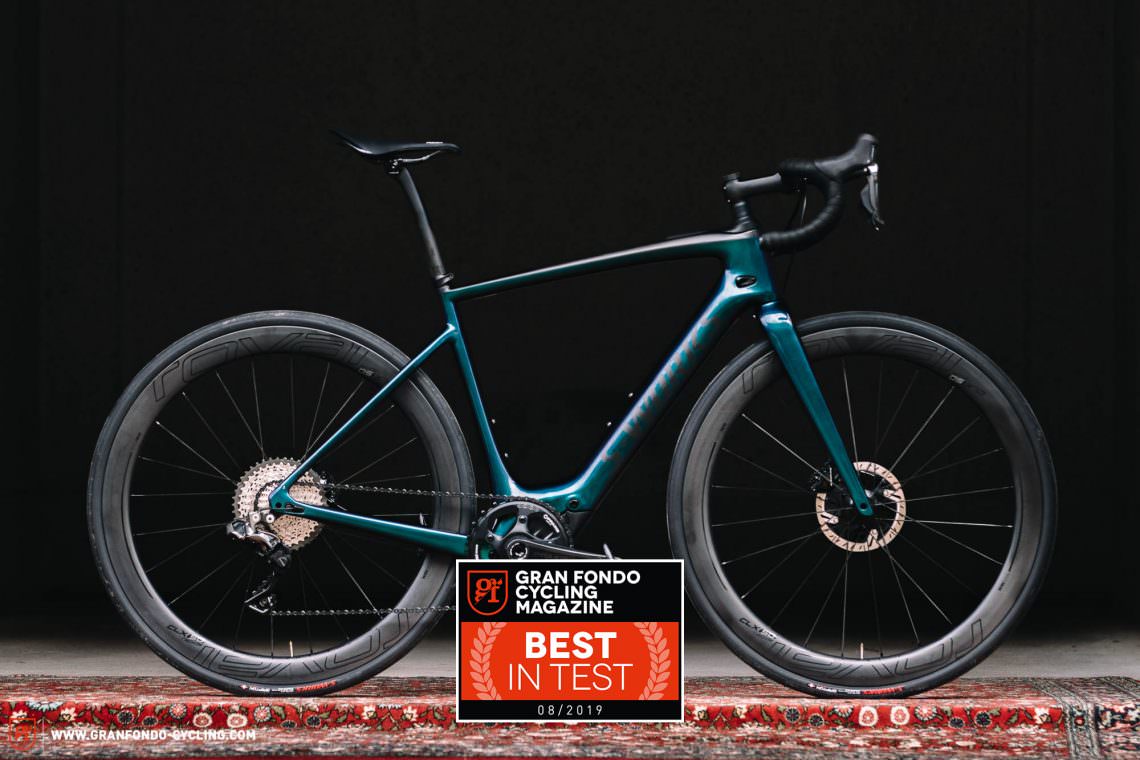
Close behind it is the Wilier Cento1 Hybrid, an aggressive E-road bike offering agile handling and the lowest weight in our test. The MAHLE ebikemotion hub motor can’t quite keep up with the mid-engine competition when the climbs get steep. However, the conventional Q-factor and chainstay dimensions together with the balanced weight distribution promise to be a lot of fun while the handling performance is similar to conventional road bikes. With different builds available, the lower-priced models also get our Best Value Tip!
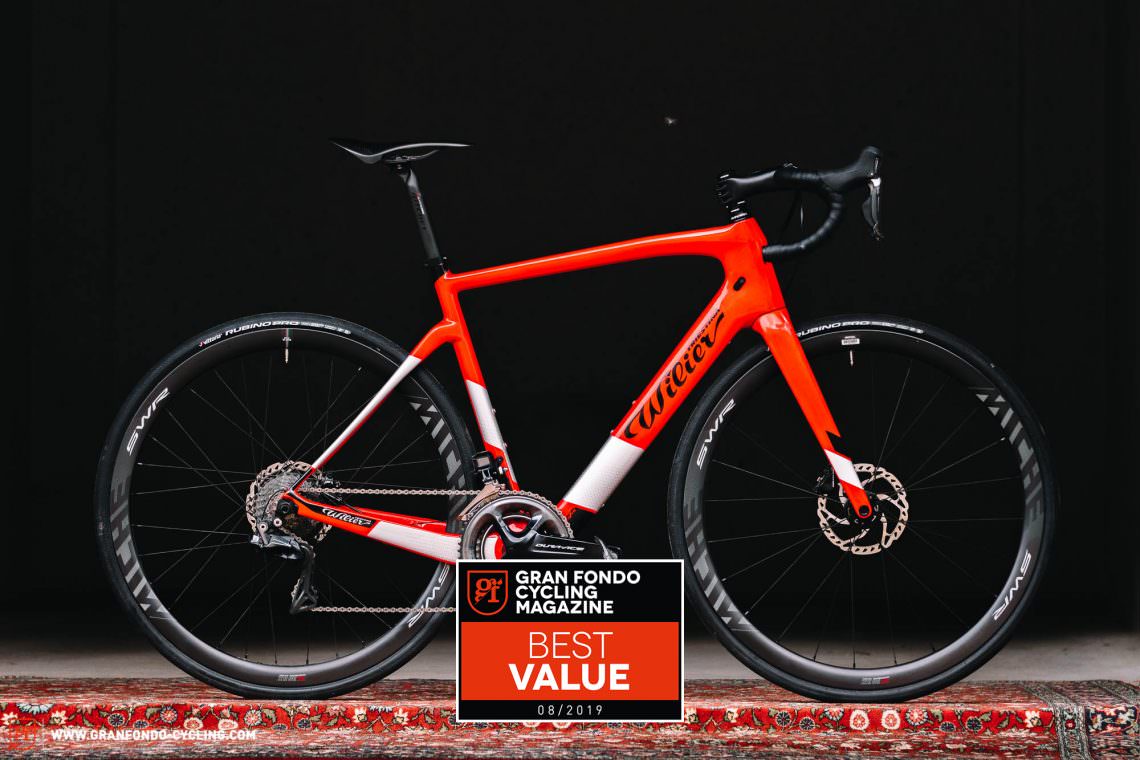
Even the Thömus stands out from the crowd with its consistently internal cable routing, excellent handling and good high-speed performance. We can also recommend the Mustache Dimanche 28.7 to all open-minded hobby cyclists. With a powerful Bosch motor as well as stable handling, you can have a really good time on the French brand’s E-road bike.
All bikes in test: Bianchi Aria e-Road | BMC Alpenchallenge AMP ROAD ONE | Cannondale Synapse Neo SE | CENTURION Overdrive Carbon Road Z4000 | Coboc TEN Torino | FOCUS Paralane² 9.9 | LOOK E-765 Optimum Disc | Moustache Dimanche 28.7 | ORBEA GAIN M10 | Pinarello Nytro | Specialized S-Works Turbo Creo SL | Thömus Sliker E1 | Wilier Triestina Cento1 Hybrid Custom
This article is from GRAN FONDO issue #012
GRAN FONDO Cycling Magazine is published in a digital app format in both English and German. Download the app for iOS or Android to read all articles on your tablet or smartphone. 100% free!


Did you enjoy this article? If so, we would be stoked if you decide to support us with a monthly contribution. By becoming a supporter of GRAN FONDO, you will help secure a sustainable future for high-quality cycling journalism. Click here to learn more.
Words: Photos: Valentin Rühl, Benjamin Topf, Robin Schmitt



